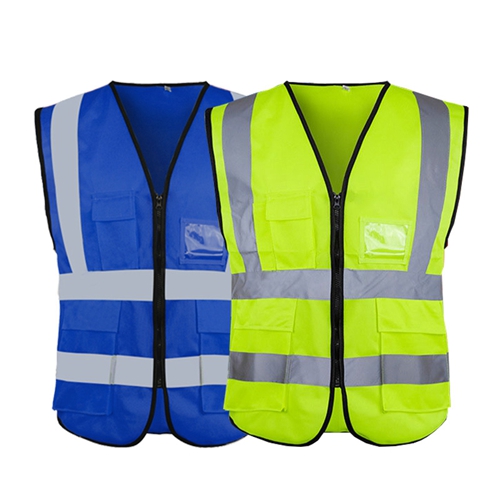Essential Features of Firefighter Safety Helmets for Optimal Protection and Performance
Fire Safety Helmets Essential Gear for Protection
Fire safety is an essential aspect of personal and public safety, particularly for those who work in environments where the risk of fire is high. Among the various safety gear available, the fire safety helmet stands out as a critical piece of equipment designed to protect firefighters and emergency responders. With its unique features and design, the fire safety helmet is an indispensable tool in combating fires and ensuring the safety of those who work tirelessly to preserve life and property.
The Importance of Fire Safety Helmets
Firefighters face numerous risks while performing their duties, including exposure to extreme heat, falling debris, and potential head injuries. Thus, the design and functionality of fire safety helmets are paramount. These helmets are engineered to provide maximum protection. They are crafted from fire-resistant materials that can withstand high temperatures and shield the head from thermal injuries. Additionally, the outer shell is often made from durable polymers or composite materials, ensuring resilience against impacts and falls.
One of the primary functions of a fire safety helmet is to protect the head from falling objects, a common hazard in firefighting. Structural collapses or flying debris during a fire response can lead to severe injuries, making a robust helmet vital. Modern fire helmets come equipped with visors, face shields, and other accessories that protect against heat, smoke, and flying particles, providing an additional layer of safety for firefighters.
Features and Technology
fire safety helmet

Fire safety helmets have evolved significantly over the years, integrating advanced technology to enhance their protective capabilities. Many helmets today come with built-in communication systems, allowing firefighters to maintain contact with their team while battling fires. This is crucial in coordinating efforts and ensuring every team member's safety. Furthermore, some helmets are equipped with thermal imaging cameras or LED lights, providing visibility in dark or smoke-filled environments.
Another feature of modern fire safety helmets is their lightweight design. While providing maximum protection, manufacturers have focused on reducing weight, allowing for greater comfort and ease of movement. This is particularly important since firefighters often work long hours under arduous conditions. A lightweight helmet reduces fatigue, enabling responders to perform their duties effectively without being hindered by cumbersome gear.
Compliance and Standards
Fire safety helmets are subject to stringent safety standards and regulations to ensure they provide adequate protection. Various organizations, such as the National Fire Protection Association (NFPA) and the Occupational Safety and Health Administration (OSHA), set guidelines that helmets must meet to be deemed suitable for firefighting. Compliance with these standards ensures that the helmets used by firefighters offer reliable protection against the hazards they face.
Conclusion
In summary, fire safety helmets are a vital component of firefighting gear, designed to protect the head and face from the unique dangers presented by fire and smoke. Their robust construction, advanced features, and lightweight design are fundamental in safeguarding the lives of firefighters as they carry out their duties. As technology continues to advance, we can expect further innovations in helmet design, enhancing safety and functionality for emergency responders. The importance of investing in high-quality fire safety helmets cannot be overstated, as they play a crucial role in protecting those who risk their lives to protect others.
-
Wholesale Safety Helmets - Cheap OEM Supplier China Manufacturer
NewsMay.30,2025
-
Top Safety Helmet Manufacturers in Japan - Durable & Certified
NewsMay.30,2025
-
Affordable 3M Safety Helmets in Pakistan Bulk Pricing & Factory Deals
NewsMay.30,2025
-
Affordable HDPE & EN397 Hard Hats - Safety Certified, Bulk Deals
NewsMay.29,2025
-
FDA-Compliant Food Safety Clothing Suppliers Health Dept Approved
NewsMay.29,2025
-
adidas safety clothing
NewsMar.07,2025
